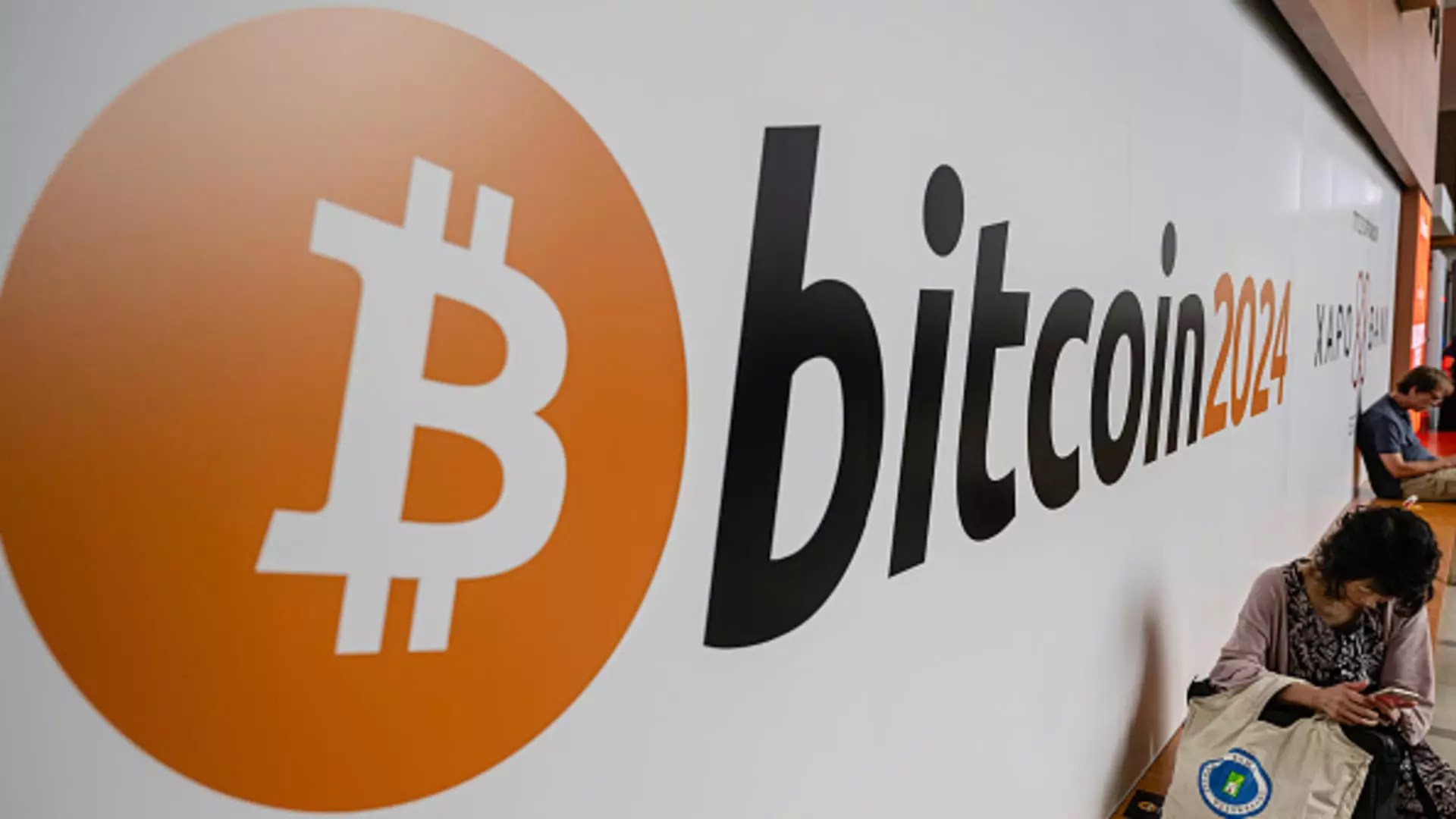Bitcoin’s landscape has been shaped by a whirlwind of developments lately, creating a fascinating yet perplexing environment for miners and investors alike. As the cryptocurrency market continues to evolve, two crucial phenomena have emerged: a significant increase in Bitcoin’s network hash rate and a troubling decline in the profitability of mining operations. This article explores these contrasting trends while examining the implications for the future of Bitcoin mining.
In the recent week, Bitcoin’s network hash rate reached an unprecedented peak, reflecting a surge in the total computing power contributed by miners. This surge implies a growing number of participants actively working to secure the network and process transactions. The ramifications of this trend are largely positive, reinforcing Bitcoin’s robust security framework and bolstering its appeal as a reliable digital asset.
The climbing hash rate is a testament to the increasing interest in Bitcoin mining, yet this enthusiasm raises the stakes; as more miners flock to the network, competition intensifies. Miners are now contending with a larger cohort of individuals investing in high-performance equipment, leading to a more complex and competitive landscape. What was once a relatively straightforward operation is now becoming a battlefield of skill, technology, and resource allocation.
Amid these developments, however, the profitability of Bitcoin mining is experiencing a marked decline. According to a recent report from investment bank Jefferies, mining revenues plummeted by approximately 11.8% in August compared to July. This downward trend raises significant concerns among miners who are grappling with the realization that the mining gold rush may be waning.
As the Bitcoin ecosystem matures and moves toward becoming a staple of the financial system, the promise of quick profits appears to be fading. The mining industry is at a crossroads; the automatic halving event in April, which halved the rewards for miners, serves as a stark reminder that the economics of mining have fundamentally changed. This adjustment not only dampens revenue potential but also heightens the financial strain on miners, as operating costs remain unchanged while income drops.
The influx of institutional capital post-approval of spot Bitcoin exchange-traded funds (ETFs) has transformed Bitcoin into a more mainstream financial asset. While this may sound like an overall positive development, it has diverted the focus of competing firms toward capturing market share rather than maximizing profitability. As a result, North American publicly traded mining companies have seen their share of new Bitcoin production decrease to 19.9% of the total network output in August.
Despite these challenges, some mining firms are bolstering their operations by upgrading their equipment. For instance, Marathon Digital has stated that upgraded systems allow miners to achieve significantly better hash rates without incrementing energy consumption. This dichotomy of technological advancement versus profit decline indicates that the mining industry is evolving, but not necessarily in a straightforward or entirely beneficial manner for every participant.
In the face of tough market conditions, not all mining companies are faltering. Some are finding innovative ways to pivot within the evolving landscape. Core Scientific, which recently emerged from a period of bankruptcy, illustrates this agility. The company has expanded its services to include power for artificial intelligence and high-performance computing (HPC), partnering with notable organizations to leverage its infrastructure in this lucrative domain.
Core Scientific’s efforts underline a strategic shift in focus; as highlighted by Bernstein research, this company stands out as the best-performing publicly traded miner partly due to its diversification into AI-related ventures. Companies that can adapt and harness complementary markets may well navigate these economic challenges more adeptly than rigid competitors.
The juxtaposition of Bitcoin’s rising hash rate and diminishing mining profits encapsulates the complexity of the current mining environment. While network security strengthens, miners must grapple with increasingly unfavorable economic conditions. The challenge ahead will require resilience, strategic foresight, and possibly diversification into lucrative sectors like AI and HPC.
As Bitcoin continues to carve out its niche in the global economy, stakeholders in the mining sector will need to remain nimble and innovative to thrive amidst evolving landscapes. The future of bitcoin mining will likely be shaped not only by technological advancements but also by the ability of companies to adapt to the shifting tides of profitability and competition. As the industry undergoes this transformation, the outcome will be interesting to witness, laden with both opportunities and challenges.


Leave a Reply